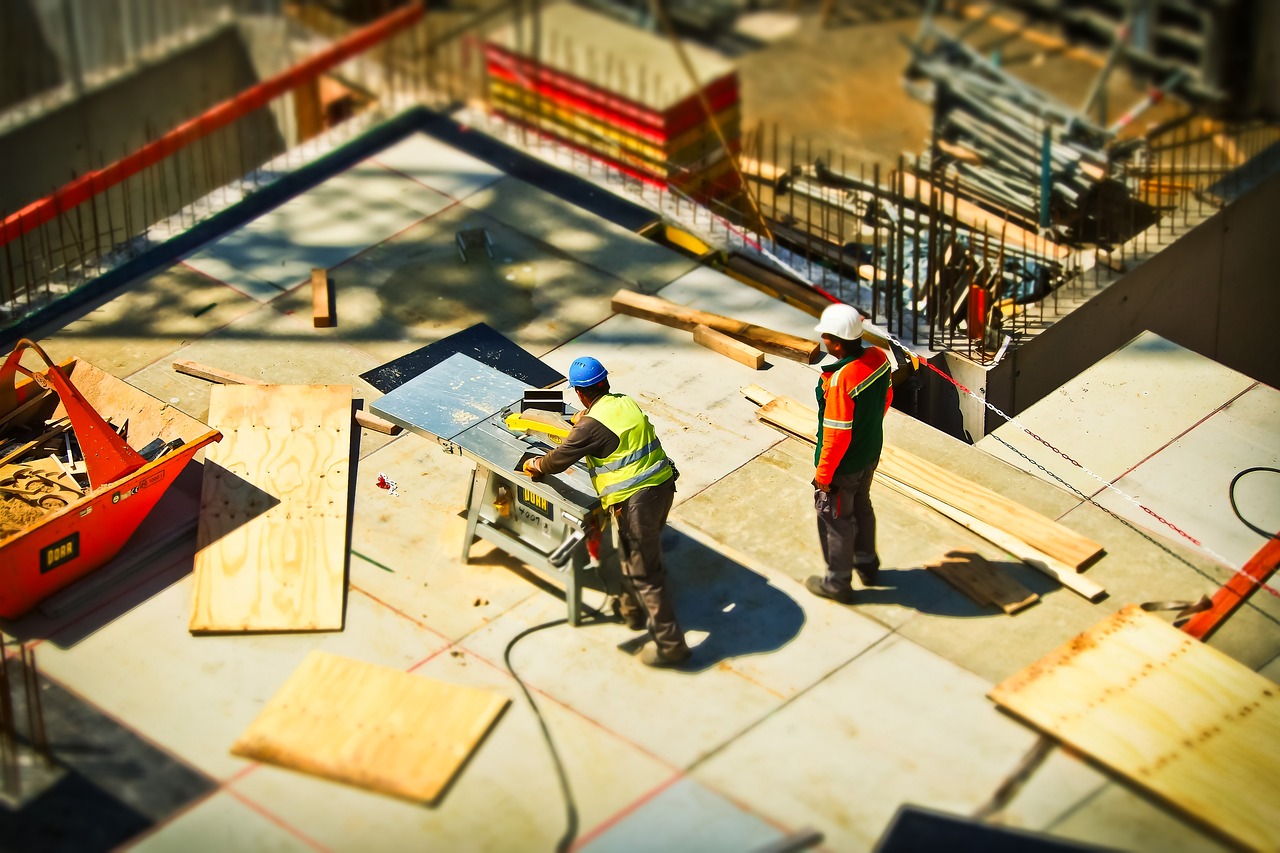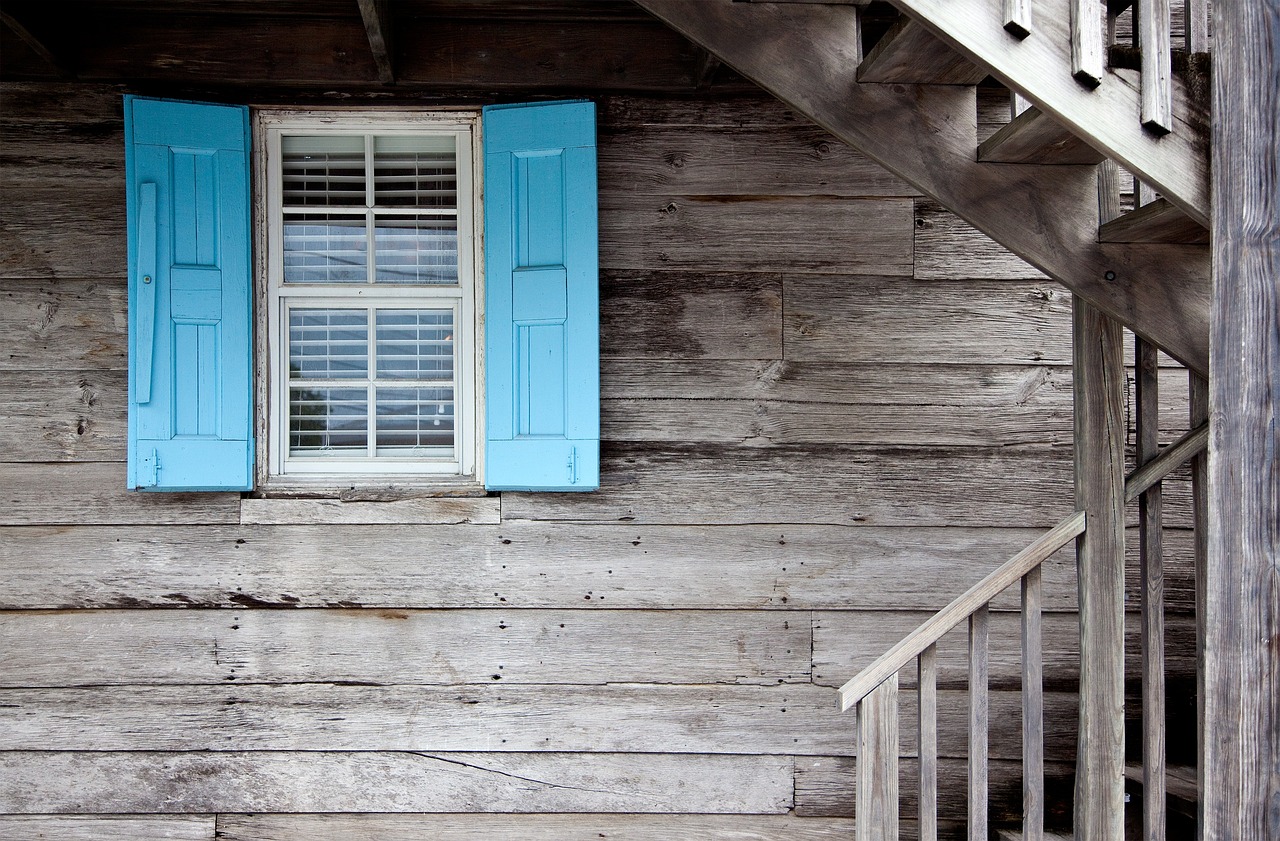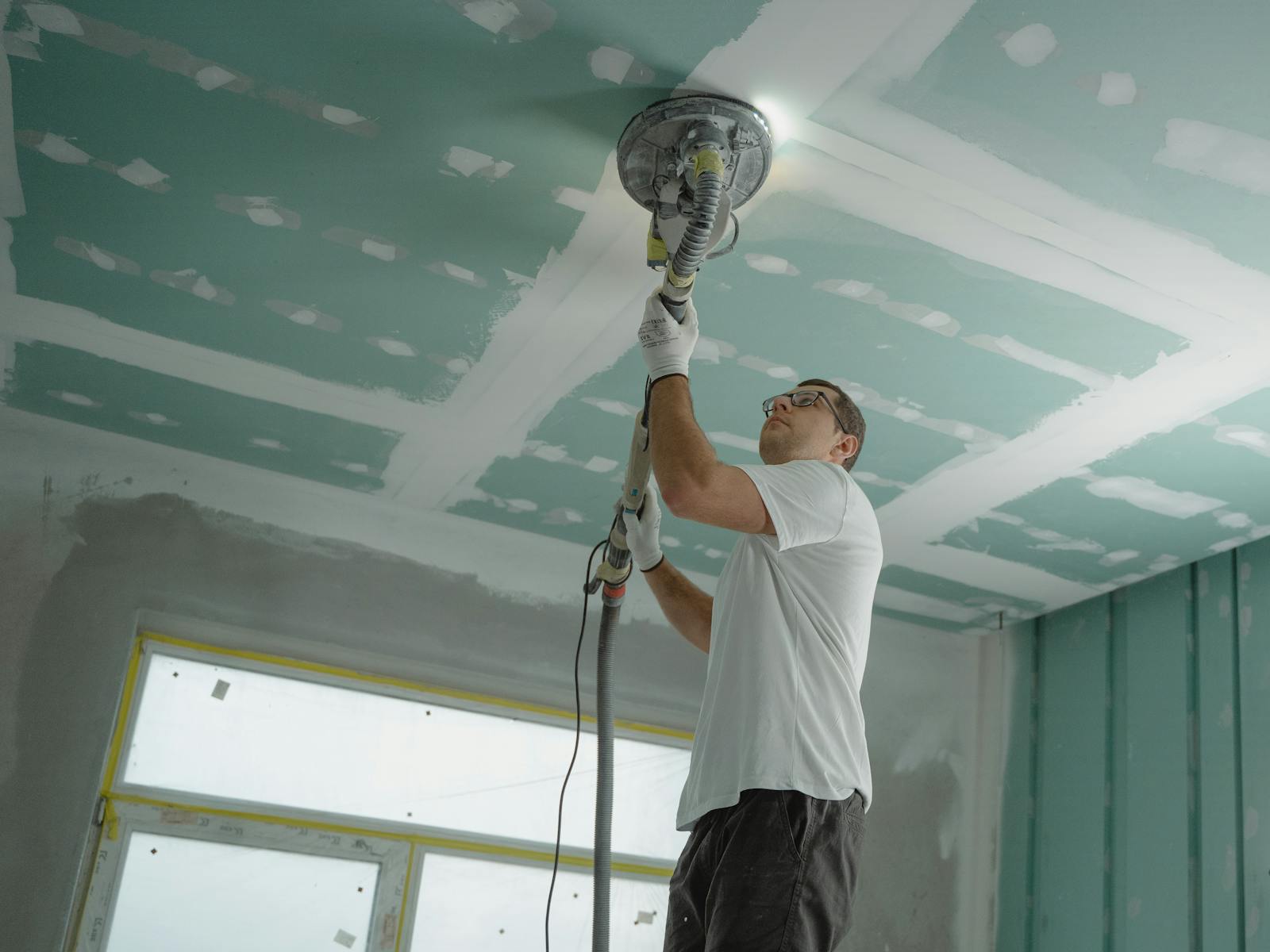When it comes to building or renovating your home, choosing the right materials is crucial. Not only do you want them to be durable and aesthetically pleasing, but also environmentally friendly and cost-effective. Fortunately, advancements in technology have led to the development of innovative building materials that meet these criteria.
1. Cross-Laminated Timber (CLT)
Cross-laminated timber (CLT) is an innovative material gaining popularity in the construction industry due to its sustainability and versatility. CLT consists of multiple layers of lumber boards stacked crosswise and glued together under pressure.
Benefits:
- Eco-Friendly: CLT is made from sustainably sourced wood, reducing carbon emissions compared to traditional concrete or steel.
- Durability: Despite its lightweight nature, CLT has excellent structural strength and fire resistance.
- Rapid Construction: Prefabricated CLT panels can be quickly assembled on-site, reducing construction time significantly.
2. Insulated Concrete Forms (ICFs)
If energy efficiency is a priority for your home, insulated concrete forms (ICFs) are an excellent choice. ICFs consist of hollow foam blocks or panels that are filled with concrete to create sturdy walls.
Benefits:
- Energy Efficiency: The insulating properties of ICFs result in reduced heating and cooling costs by maintaining a consistent indoor temperature.
- Noise Reduction: ICFs provide excellent sound insulation, creating a quieter and more comfortable living environment.
- Disaster Resistance: The solid concrete core of ICF walls offers enhanced resistance to fire, wind, and earthquakes.
3. Transparent Solar Panels
Solar panels have become increasingly popular in the US for harnessing renewable energy. However, traditional solar panels are opaque and limit natural light penetration. Transparent solar panels offer an innovative solution by allowing light to pass through while generating electricity.
Benefits:
- Aesthetics: Transparent solar panels blend seamlessly with windows or skylights without obstructing views or altering the appearance of your home.
- Sustainable Energy Generation: By capturing sunlight while still allowing natural light inside, transparent solar panels reduce reliance on fossil fuels for electricity.
- Versatility: These panels can be integrated into various architectural designs and are suitable for both residential and commercial buildings.
4. Recycled Steel
The use of recycled steel in construction is gaining traction due to its strength, durability, and environmental benefits. Recycled steel refers to steel that has been salvaged from other structures or products and repurposed for new construction projects.
Benefits:
- Sustainability: Recycling steel reduces the demand for raw materials and minimizes waste sent to landfills.
- Durability: Recycled steel retains its strength properties even after being reprocessed multiple times, making it ideal for structural applications like beams or columns.
- Cost-Effective: While the initial cost of recycled steel may be higher than traditional steel, it offers long-term savings due to its durability and resistance to corrosion.
5. Aerogel Insulation
Aerogel insulation is a highly efficient material that provides superior thermal insulation for homes. It consists of a gel made primarily from silica, which is then dried to create a solid with extremely low density.
Benefits:
- Energy Savings: Aerogel insulation has one of the highest insulating properties among all building materials, reducing heating and cooling costs significantly.
- Space Efficiency: Due to its thinness and lightweight nature, aerogel can be applied in areas where traditional insulation methods are challenging.
- Durability: The long lifespan of aerogel insulation eliminates the need for frequent replacements or repairs.
The choice of building materials can greatly impact the sustainability, efficiency, and overall quality of your US home.
The five innovative materials mentioned above – Cross-Laminated Timber (CLT), Insulated Concrete Forms (ICFs), Transparent Solar Panels, Recycled Steel, and Aerogel Insulation – offer unique advantages that align with modern construction needs.
By incorporating these materials into your home design or renovation plans, you can enhance both the environmental friendliness and functionality of your living space while reaping long-term benefits such as energy savings and durability.






